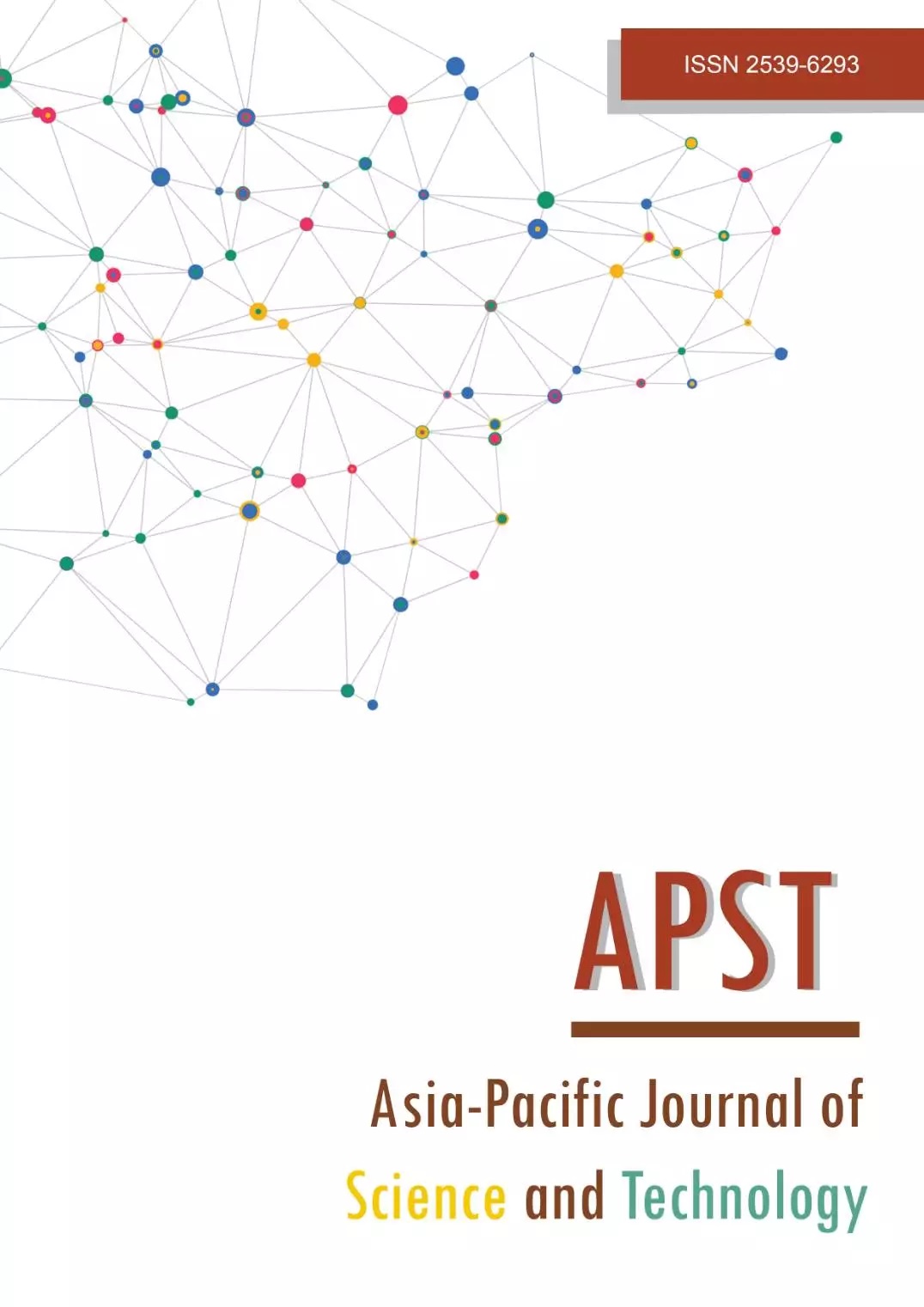Identification of antimicrobial resistance in Salmonella enterica isolates from swine slaughterhouses in the Philippines through different antimicrobial susceptibility test protocols
Main Article Content
Abstract
The spread of antimicrobial resistance (AMR) is an impending crisis highlighted by the emergence of multidrug-resistant (MDR) pathogenic foodborne bacteria, such as MDR Salmonella enterica, due to the misuse and overuse of antibiotics in agricultural and livestock industries. Hence, quick, and accurate identification of AMR and resistance genes are of utmost importance to treat infections, monitor or safeguard food production, and trace the sources of AMR outbreaks. Conventional methods of antimicrobial susceptibility testing (AST) such as disk diffusion assays are relatively inexpensive but are labor-intensive, slow, and limited to phenotypic detection. Conversely, modern AST methods include polymerase chain reaction (PCR) and DNA sequencing, which are faster and provide more accurate genotypic detection. This study sought to detect resistance genes in S. enterica isolated from swine from Philippine slaughterhouses through various protocols of conventional and modern AST methods. Resistance to five antibiotic classes was examined. It was found that 50% (14/28) of the isolates were MDR, and resistance to tetracycline was found in all isolates. The most common genes detected from the isolates were tet(A) (39.3%), followed by tet(C) (28.6%), and tet(E) (25%). Also, 25% (7/28) and 25% (7/28) of isolates were resistant to one and two antibiotic classes, respectively. PCR methods were used only for detection of tetracycline resistance genes, as a model for molecular investigation. The results of this study demonstrated the growing prevalence of MDR in the agricultural industry and the necessity for improvement of its detection.
Article Details

This work is licensed under a Creative Commons Attribution-NonCommercial-NoDerivatives 4.0 International License.
References
Nikaido H. Multidrug resistance in bacteria. Annu Rev Biochem. 2009;78(1):119-146.
Ventola CL. The antibiotic resistance crisis: part 1: causes and threats. Pharmacol Ther. 2015;40(4):277-283.
Giannella RA. Salmonella. In: Baros S, editor. Medical microbiology. 4th ed. Texas: Galveston: The University of Texas Medical Branch; 1996. p. 113-117.
Calayag AM, Paclibare PA, Santos PD, Bautista CA, Rivera WL. Molecular characterization and antimicrobial resistance of Salmonella enterica from swine slaughtered in two different types of Philippine abattoir. Food Microbiol. 2017;65:51-56.
Ventola CL. The antibiotic resistance crisis: part 2: management strategies and new agents. Pharmacol Ther. 2015; 40(5):344-352.
Cockerill FR, Wikler MA, Alder J, Dudley MN, Eliopoulos GM, Ferraro MJ, et al. Performance standards for antimicrobial disk susceptibility tests; approved standard. 7th ed. Pennsylvania: Committee for Clinical Laboratory Standards; 2012.
Patel JB, Cockerill FR, Bradford PA, Eliopoulos GM, Hindler JA, Jenkins SG, et al. Performance standards for antimicrobial susceptibility testing; twenty-fifth informational supplement (M100-S25). 25th ed. Pennsylvania: Clinical and Laboratory Standards Institute. 2015.
Adesijiz YO, Deekshit VK, Karunasagar I. Antimicrobial-resistant genes associated with Salmonella spp. isolated from human, poultry, and seafood sources. Food Sci Nutr. 2014;2(4):436-442.
Weisburg WG, Barns SM, Pelletier DA, Lane DJ. 16S ribosomal DNA amplification for phylogenetic study. J Bacteriol. 1991;173(2):697-703.
Schwarz S, Silley P, Simjee S, Woodford N, Duijkeren E, Johnson AP, et al. Editorial: assessing the antimicrobial susceptibility of bacteria obtained from animals. J Antimicrob Chemother. 2010; 65(4):601-604.
Spellberg B, Gilbert DN. The future of antibiotics and resistance: a tribute to a career of leadership by John Bartlett. Clin Infect Dis. 2014;59 Suppl 2: S71-S75.
Jorgensen J, Ferraro M. Antimicrobial susceptibility testing: a review of general principles and contemporary practices. Clin Infect Dis. 2009; 49(11):1749-1755.
Berglund F, Marathe NP, Österlund T, Palme BJ, Kotsakis S, Flach C, et al. Identification of 76 novel B1 metallo-β-lactamases through large-scale screening of genomic and metagenomic data. Microbiome. 2017;5:1-13.
Scott TM, Rose JB, Jenkins TM, Farrah SR, Lukasik J. Microbial source tracking: Current methodology and future directions. Appl Environ Microbiol. 2002;68(12):5796-5803.
Akinbowale OL, Peng H, Barton MD. Diversity of tetracycline resistance genes in bacteria from aquaculture sources in Australia. J Appl Microbiol. 2007;103(5):2016-2025.
Centers for Disease Control and Prevention (CDC) [Internet]. The Department: c2015 [cited 2017 Sept 15]. Salmonella. Available from: https://www.cdc.gov/salmonella/index.html.
Bartlett JG, Gilbert DN, Spellberg B. Seven ways to preserve the miracle of antibiotics. Clin Infect Dis. 2013;56(10):1445-1450.


